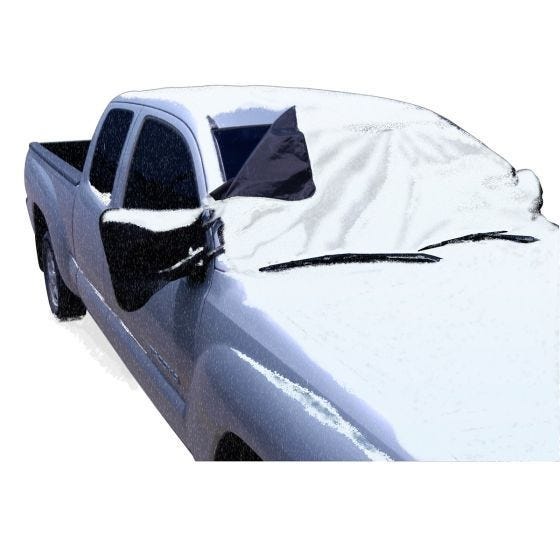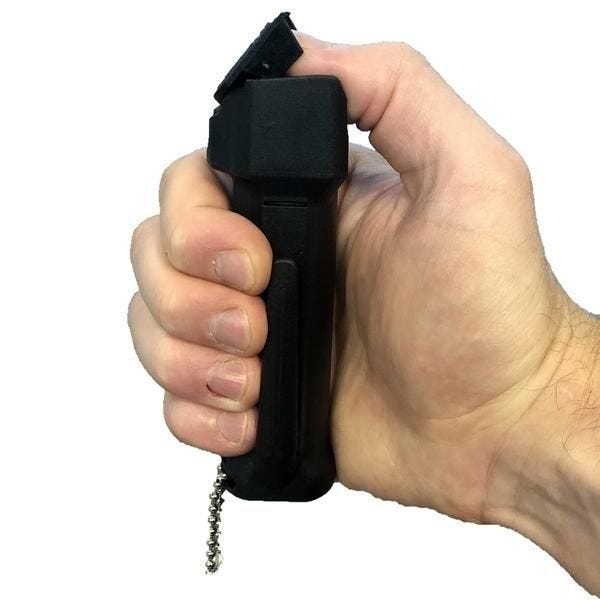1. Check your battery: Cold weather can be tough on batteries, reducing their efficiency. A weak battery might fail you on a cold morning. Have your battery checked and charged or replaced if necessary to ensure your car starts in winter conditions.
2. Check tire pressure: Tire pressure can decrease in colder temperatures. Under-inflated tires can affect your vehicle's traction on icy or snowy roads. Always check your tire pressure when the tires are cold, and make sure they are inflated to the recommended levels.
3. Pack a winter emergency kit: This kit should include items like a warm blanket, extra winter clothing, a flashlight with extra batteries, a first-aid kit, an ice scraper, kitty litter or sand for traction on icy roads, jumper cables, and a fully charged portable phone charger. Being prepared for winter emergencies is crucial for safe winter driving.
4. Clean your windshield, windows, and mirrors: Visibility is key to safe driving. Be sure to remove all snow, ice, and frost from windows and mirrors. A windshield cover keeps snow and ice off your windshield and sideview mirrors, so you won’t have to scrape snow and ice off again.










